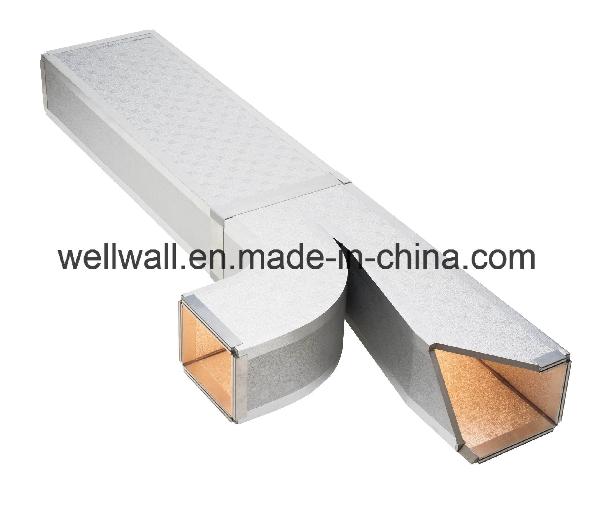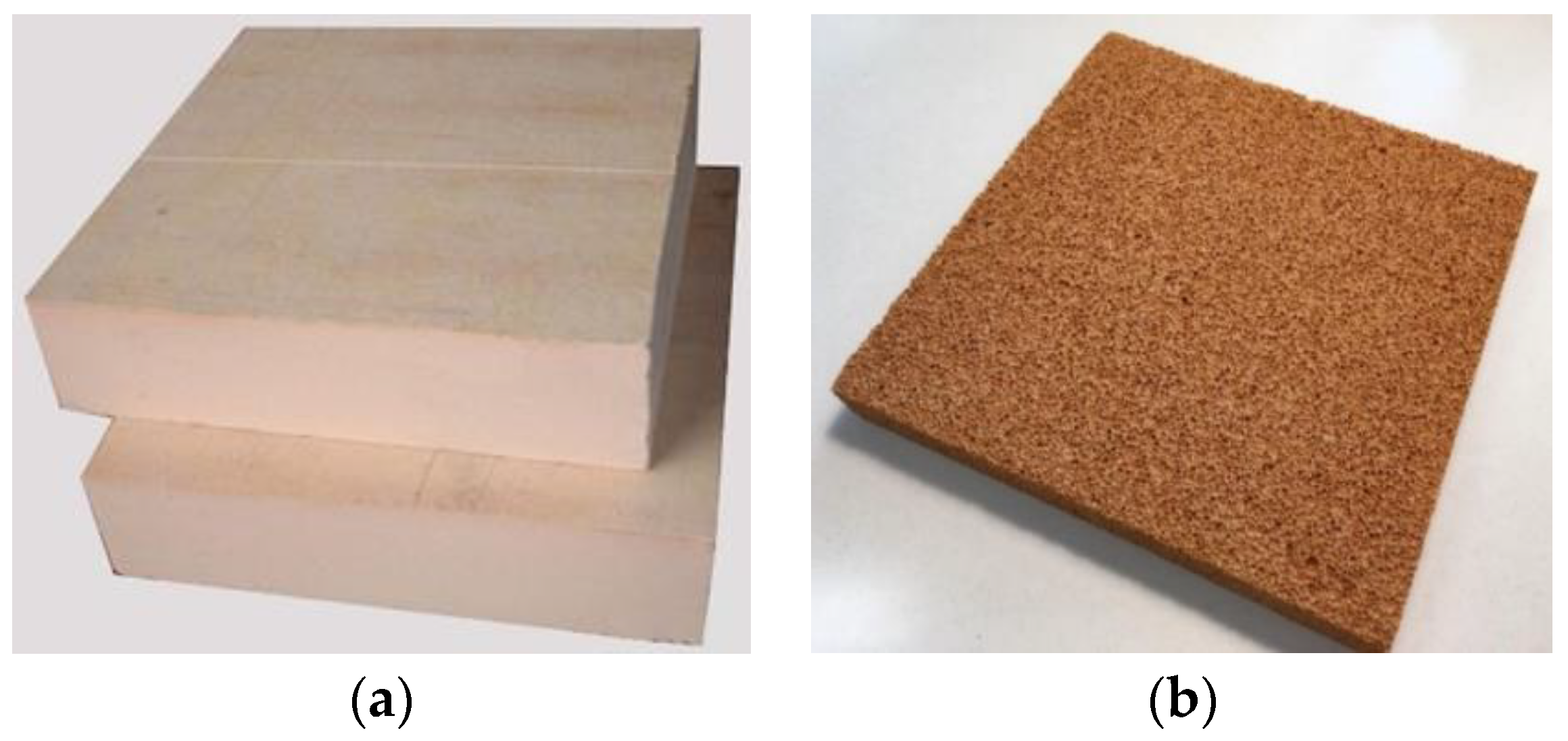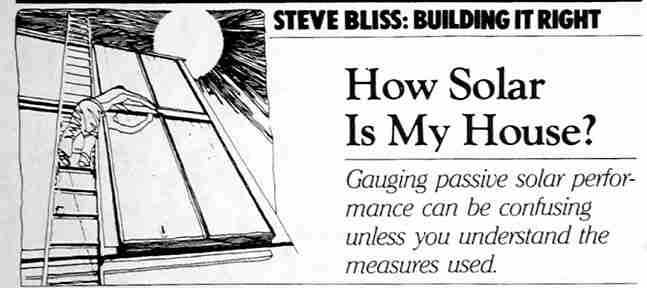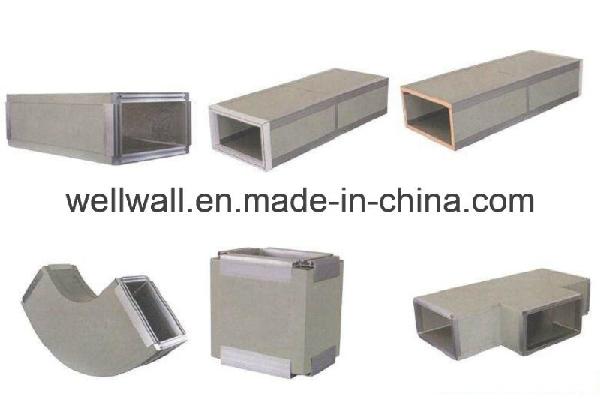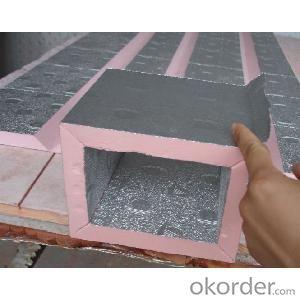Used extensively throughout north america in industrial buildings and warehouses from the early 1980s to the early 1990s because of its high r value and low price phenolic foam has major drawbacks says halcrow yolles project manager.
Phenolic foam roof insulation corrosion.
These photos show the inside of the fraunhofer rooftop test hut and show how water is delivered to the roof system to load the installed phenolic foam rigid insulation with moisture.
It has a very low thermal conductivity and an exceptionally low flammability.
Judging by the building s age and structure the engineers believed phenolic foam insulation was the source.
Phenolic insulation as part of the sys tem.
The phenolic foam roof insulation turned out to have a critical flaw.
Once a property is identified as part of the class action lawsuit it becomes an issue should the.
While roof systems containing phenolic foam roof insulation may be in good shape it is important to repair and remediate decks as soon as possible.
The corrosion created the potential for equipment or people to fall through compromised areas.
The phenolic insulation also has a history of crumbling and easily crushes when walked on leaving a residue on the decking.
Corrosion science is an exceptionally complex subject and the corrosion process takes many forms depending on a range of factors such as the presence of inclusions or surface contamination on the.
This residue is present regardless of whether the insulation has been crushed or not.
1 the discovery of corrosion of the.
It offers many advantages including excellent density and an r value of 4 8 per inch of thickness which forms an effective barrier against heat transfer and thus helps you save energy around the house.
The rooftop of the test hut where 8 different types of phenolic foam rigid insulation underwent a corrosion test.
In order to have corrosion three things are required oxygen moisture and a catalyst.
Phenolic foam these questions usually refer to its use on copper pipework.
W t phenolic foam panel 65kg m3 5 nominal densities 20 30mm thickness cfc hcfc free rigid phenolic insulation core with ozone permeability potential 80 micron aluminum foil facing both sides.
This article will discuss the evi dence that a combination of factors involving the insulation moisture in the system and inadequate protection by the deck treatments may have con tributed to deck corrosion in these three projects.
Phenolic foam insulation used to be available in board form but today is only sold as a type of foamed in place insulation.








